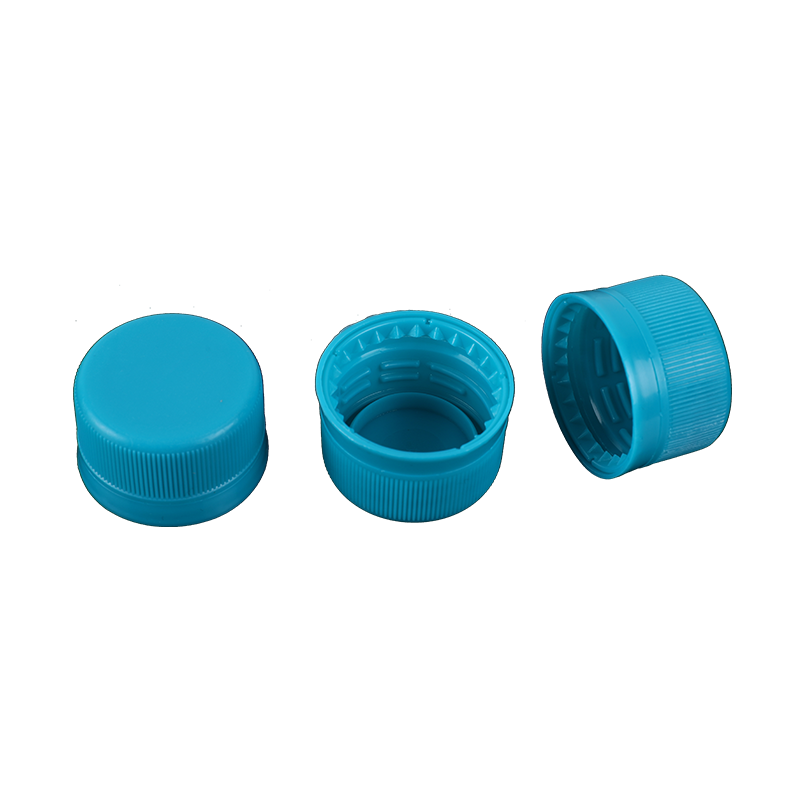Caps are one of the most important parts of a bottle, allowing a consumer to identify a particular beverage or food product. They come in a wide range of sizes and shapes, with different levels of protection for the contents and the lid assembly. They also often feature threading, a wad and the option for embossing.
The anatomy of a typical bottle cap begins with a mould designed to meet very exacting dimensions and surface finish. The polymer pellets are then heated to soften them enough that they can be injected under high pressure into the mould. From this point, the lid is shaped into its final form and the lid sealing is carried out.

Plastic caps are made of a thermoplastic polymer resin known as polyethylene terephthalate or PET. This is a popular type of plastic, which can be used to create bottles and caps in different colours and appearances depending on the processing method.
There are two main types of bottle closures that we produce: screw on and screwless. These closures are typically applied with automated machinery, but can also be hand applied. The application torque needs to be controlled so that the closure remains tight enough to maintain a seal and resist closure back-off.
Most plastic bottle caps are manufactured through the process of injection moulding. Injection moulding is an extremely cost-efficient production process, with a very high level of repeatability. This allows us to manufacture a vast range of cap designs from a small run to very large ones, and it can easily incorporate embossing.